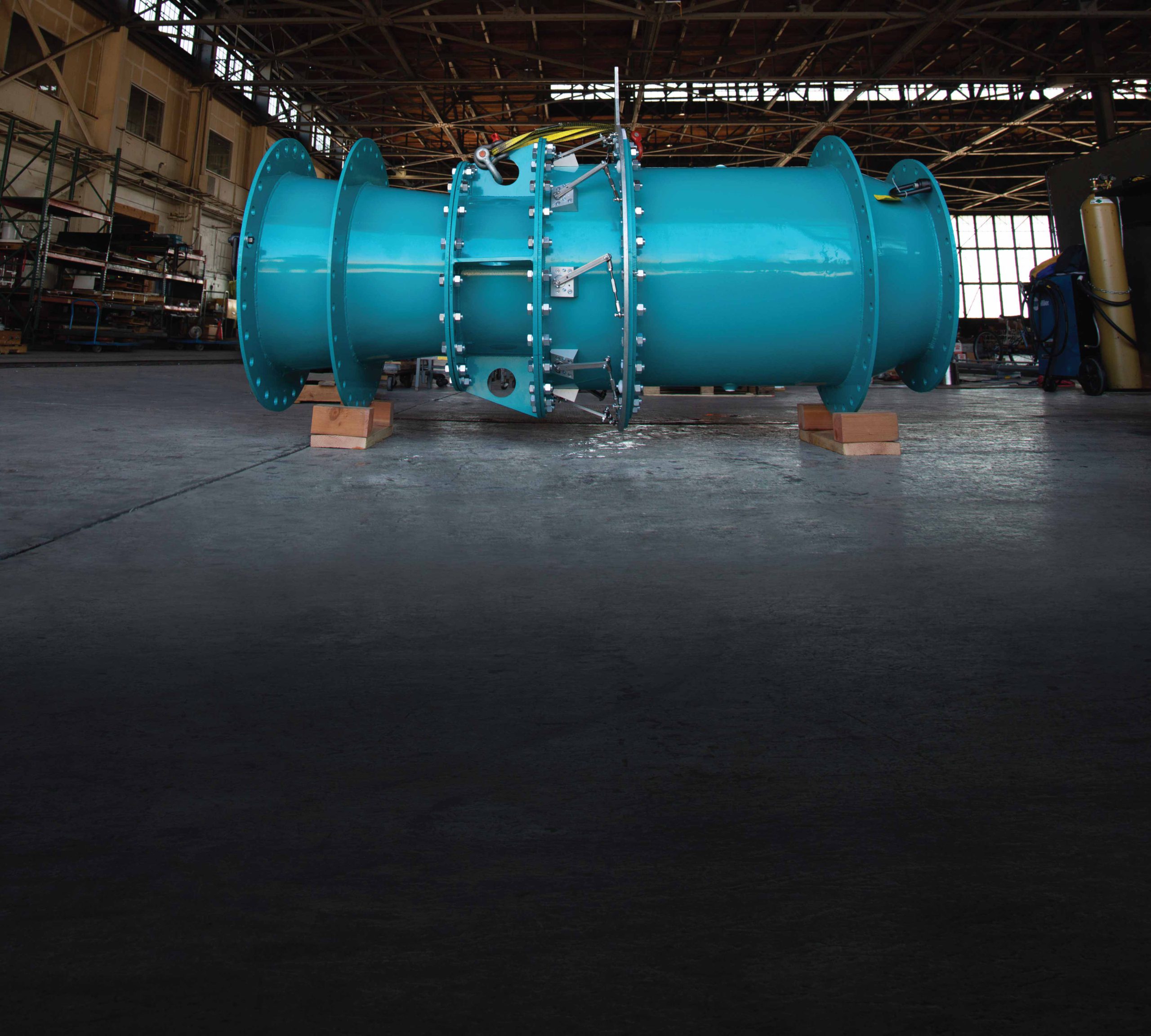Natel Energy is a developer of sustainable hydropower, utilising their fish-safe Restoration Hydro Turbine (RHT) to combat climate change and biodiversity loss. They seek to do the same through their HydroForecast and Lens, software solutions that leverage satellite imagery and machine learning to facilitate efficient resource management, which is marketed through their subsidiary, Upstream Tech. Here, we speak to Gia Schneider, CEO and co-founder of Natel, about how they can help not just bring their innovation to Japan, but also innovate with local partners.

Can you tell us a bit about the company and its founders?
Natel was founded in 2009 by my brother, Abe Schneider, me, and our father, Dan Schneider, who was an inventor of novel renewable energy technologies. Our vision is to accelerate the global transition to renewable energy by developing climate-resilient hydropower plants that maintain or improve ecosystem health while delivering reliable, renewable power. In 2017, Natel acquired Upstream Tech, a provider of digital solutions that apply machine learning to satellite imagery and environmental data to help hydropower owners, operators, and developers assess risk and maximize output and enable remote watershed monitoring.
How does your solution contribute to the Digitalisation and Decarbonisation of the energy sector?
By combining hydropower with wind and solar, we can decarbonise our grids without sacrificing reliability. Natel’s low head, distributed hydropower solution is a rapidly-dispatchable generating resource that can be ramped up and down to meet electricity demand fluctuations. Our sustainable approach to development, including the fish-safe Restoration Hydro Turbine (RHT), can be combined with our digital streamflow forecasting service, HydroForecast, to maximize efficiency while maintaining the functional integrity of our watersheds.
What is your company’s proudest achievement to date?
We’ve demonstrated that we can deliver reliable, renewable fish-safe hydropower to customers at our active plants in the US for two years now, and this year we are installing turbines for new customers in Virginia, US, and Graz, Austria. Last year we acquired licenses to develop 80 MW of new hydropower at three non-powered dam sites on Louisiana’s Red River. The sites will be commissioned by 2025 and 2026 and will include between 60-90 RHTs.
I’m also proud of the rigorous scientific approach we’ve taken to validate our fish-safe design. In 2020 and 2021, Natel completed several scientific studies to prove that the RHT’s uniquely-thick runner design is truly fish-safe. Study results showed survival rates greater than 99% for rainbow trout, American eel, and juvenile Alewife (herring) passed through the RHT, demonstrating that the RHT can eliminate the need for costly exclusion or mitigation measures such as fine fish screen systems, reduce environmental and social impact, and simplify environmental impact assessments.
What specifically attracts you about the prospect of expanding to the Japanese market?
We are excited about the Japanese market for three primary reasons:
Potential for impact: The majority of Japan’s small hydropower resources are located in rural areas. Many projects are now collaboratively co-developed with local communities, local fisheries associations and/or local municipalities that share Natel’s passion for sustainable development and conserving freshwater ecosystems. We envision our projects contributing to the cultural and economic regeneration of rural Japan by providing both employment and financial resources to local stakeholders. The presence of distributed energy projects will also enhance partnering communities’ disaster-preparedness and the resilience of critical infrastructure assets like hospitals, as well as water and sanitation systems.
Innovation and Ambition: Japan is well recognized as a global leader in innovation. Natel is excited not only to deploy our innovation in Japan but also to innovate with Japan. We envision Japanese-designed next-generation battery technologies becoming important to our projects both in Japan and overseas, and integrating high-quality Japanese-made components into our supply chain. We also see future partnerships in Japan as a bridge into Indo-Pacific markets, particularly given JICA’s impactful efforts to promote renewable energy and enhance energy access in developing Asia, which would enable Natel to support Japan’s ambitious commitment to lead Asia’s decarbonization efforts.
Potential for commercial returns and rapid scaling: By combining Japan’s Feed-in-Tariff for small hydropower with our modular, fish-safe technology (which enables material reductions in both CAPEX and OPEX costs and accelerates development timelines by simplifying permitting processes) Natel and our in-country partners can originate and develop projects more cost-effectively and rapidly than our competitors, allowing us to scale and to deliver outsized returns to our shareholders and local partners.
How will your solution/product help advance the Japanese energy sector?
As little as one megawatt-hour (MWh) of hydropower can enable up to 3.5 MWhs intermittent wind or solar power. Although most of Japan’s conventional medium- and large-scale hydropower resources have been developed, the country has over 6.7 GW of untapped small hydropower (<10MW) potential. By enabling the accelerated deployment of offshore wind farms and continued scaling of solar resources, Japan’s small hydropower resources can play a disproportionately important role in the country’s ambitious and noble efforts to reduce GHG emissions to net zero by 2050 while also enhancing energy security and self-sufficiency at both the local and national levels.

